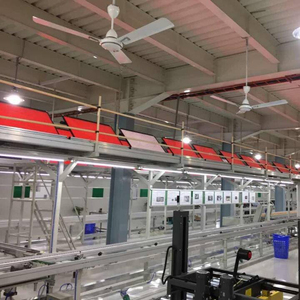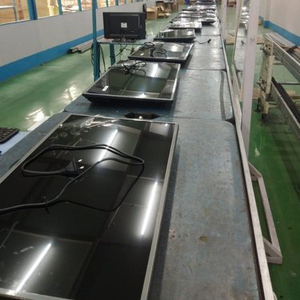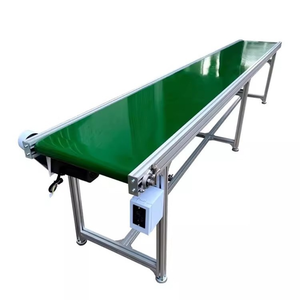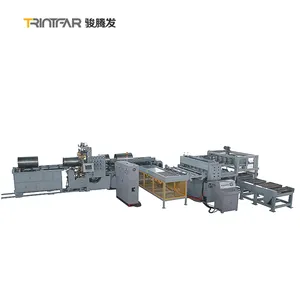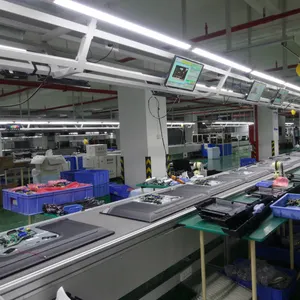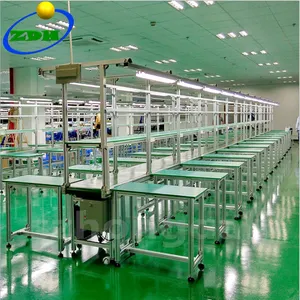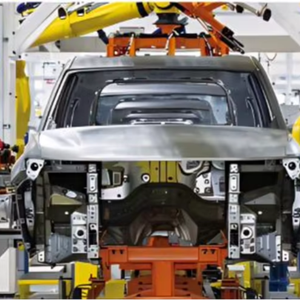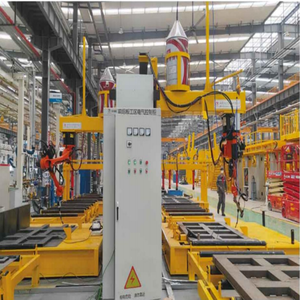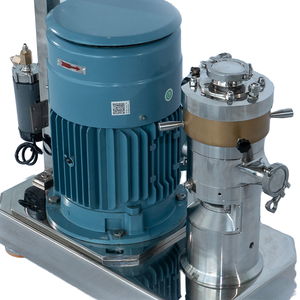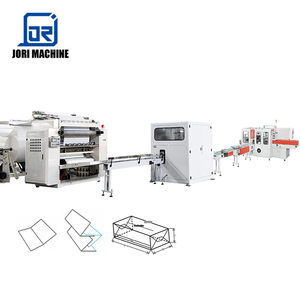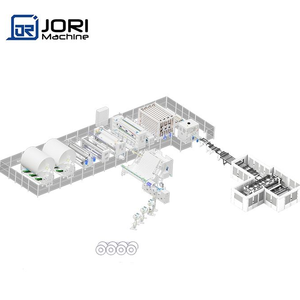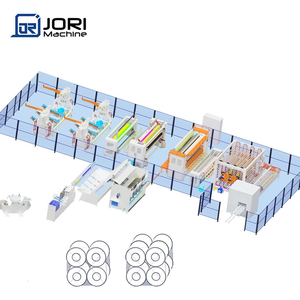Automated Factories



 Top sponsor listing
Top sponsor listing






 1/30
1/30





 1/18
1/18







 1/17
1/17





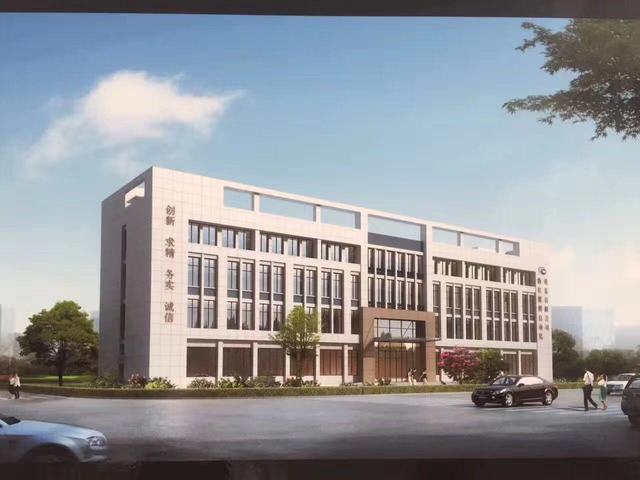








 1/13
1/13




 CN
CN





 1/22
1/22

 CN
CN




 CN
CN





 1/16
1/16






 1/24
1/24


 CN
CN















 1/17
1/17






 1/23
1/23
About automated factories
Where to Find Automated Factories Suppliers?
China leads global manufacturing in automated production systems, with key industrial hubs concentrated in Guangdong, Jiangsu, and Hebei provinces. Guangdong's Pearl River Delta region is a center for high-tech automation, hosting advanced manufacturers specializing in intelligent assembly lines and customizable industrial solutions. Jiangsu’s Changzhou and Shanghai zones offer integrated supply chains for precision engineering components, reducing system integration time by 20–30%. Hebei’s Tangshan-Shijiazhuang corridor supports food and consumer goods automation, leveraging proximity to raw material sources and packaging industries.
These clusters enable vertically integrated operations—from mechanical design and control programming to full-line commissioning—allowing suppliers to deliver turnkey automated factory solutions within 45–90 days. Buyers benefit from localized ecosystems where automation integrators, component vendors (e.g., PLCs, sensors), and logistics providers operate in close proximity, minimizing coordination delays. Cost efficiencies range from 18–35% compared to Western counterparts due to lower labor input and mature subcontractor networks. Scalability is supported through modular designs adaptable to both small-batch and mass-production environments.
How to Choose Automated Factories Suppliers?
Select partners based on verified technical and operational benchmarks:
Engineering & Integration Capability
Confirm in-house R&D capacity for custom line design. Prioritize suppliers with documented experience in PLC programming (Siemens, Allen-Bradley), SCADA integration, and robotics deployment. Demand proof of completed turnkey projects in your target sector (e.g., electronics, appliances, FMCG).
Production Infrastructure Validation
Assess core capabilities through objective metrics:
- Minimum factory area of 3,000m² for system-level assembly
- In-house machining (CNC, welding) and electrical cabinet fabrication
- Proven track record in delivering full production lines (not just components)
Cross-reference delivery performance (target ≥95%) and response times (≤6 hours) as indicators of operational maturity.
Quality & Transaction Assurance
Require ISO 9001 certification and compliance with regional safety standards (CE for EU, UL listing for North America). Evaluate quality control processes including pre-shipment testing protocols and error-proofing mechanisms (poka-yoke). Utilize secure transaction methods with milestone-based payments tied to equipment validation at factory acceptance tests (FAT). Sample verification is critical—request video demonstrations of functional units prior to order placement.
What Are the Best Automated Factories Suppliers?
| Company Name | Location | Main Products | On-Time Delivery | Reorder Rate | Avg. Response | Online Revenue | Customization Options | Min. Order Value |
|---|---|---|---|---|---|---|---|---|
| Guangdong Chaomai Automation Technology Co., Ltd. | Guangdong, CN | Heat Pump, DIP, Belt Assembly Lines | 100% | 60% | ≤2h | US $270,000+ | Material, size, logo, packaging, label | $500/set |
| Shanghai Trintfar Intelligent Equipment Co., Ltd. | Shanghai, CN | Welding, Steel Drum Production Lines | 100% | 50% | ≤2h | US $150,000+ | Material, size, logo, packaging, label | $50,000/set |
| Guangdong Huixing Hitech Co., Ltd. | Guangdong, CN | TV, LCD, Washing Machine Assembly Lines | - | 100% | ≤24h | US $80+ | Material, size, logo, packaging, label | $2,000/set |
| Changzhou Hejin Yue International Trade Co., Ltd. | Jiangsu, CN | Industrial Automatic Assembly Lines | 100% | - | ≤6h | - | Color, material, size, design, graphic | $399/m² |
| Hebei Tomato Group Ltd. | Hebei, CN | Ketchup, Canned Seafood, Spices, Starch Lines | 92% | <15% | ≤4h | US $70,000+ | Nutrition facts, taste, purity, packaging, label | Varies by product line |
Performance Analysis
Guangdong Chaomai stands out with a 100% on-time delivery rate and strong reorder volume (60%), indicating reliable execution and customer satisfaction. Shanghai Trintfar serves high-end industrial clients requiring robust welding and drum production systems, though higher minimum orders ($50k+) reflect specialized engineering investment. Guangdong Huixing reports a 100% reorder rate, suggesting deep client retention despite limited public performance data. Changzhou Hejin Yue offers competitive pricing per square meter, ideal for modular expansion projects. Hebei Tomato Group focuses on food processing automation, integrating quality parameters like taste and nutrition into line design—critical for regulated FMCG sectors. Buyers should prioritize suppliers with transparent delivery histories and customization depth aligned with process-specific requirements.
FAQs
How to verify automated factory supplier capability?
Request facility walkthrough videos highlighting CNC workshops, control panel assembly areas, and test bays. Verify technical team credentials and demand project references with before/after efficiency metrics. Third-party audits are recommended for orders exceeding $100,000.
What is the typical lead time for customized production lines?
Standard configurations require 45–60 days. Fully customized systems with robotics integration take 75–120 days depending on complexity. Add 15–30 days for international shipping via sea freight.
Do suppliers support global installation and training?
Most established manufacturers provide remote commissioning support. On-site technician dispatch is available for an additional fee, typically covering 7–14 days of installation guidance and operator training. Confirm language proficiency (English or local) before contract finalization.
Are samples or pilot lines available?
Full-line sampling is uncommon due to scale. Instead, suppliers offer functional prototypes of key stations (e.g., conveyor interface, robotic arm cycle test). Video validation of running lines at other client sites serves as effective due diligence.
What customization options are standard?
Common adjustable parameters include line speed (5–60 m/min), voltage (220V/380V/415V), control interface (touchscreen languages), and footprint adaptation. Advanced options involve IoT connectivity, real-time OEE monitoring, and automated changeover systems.

















